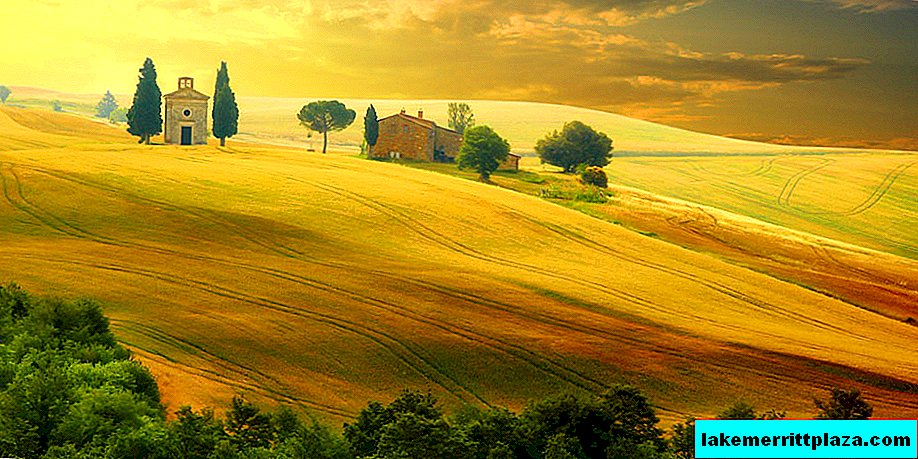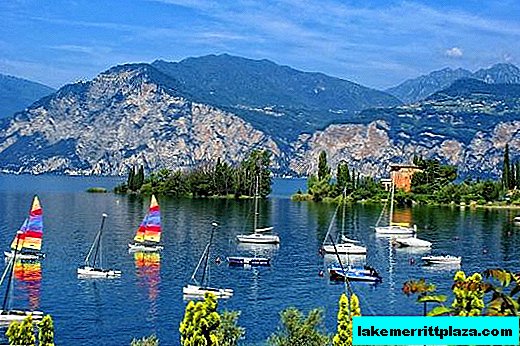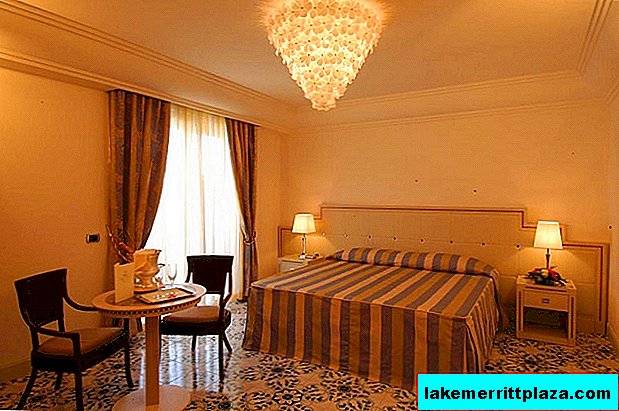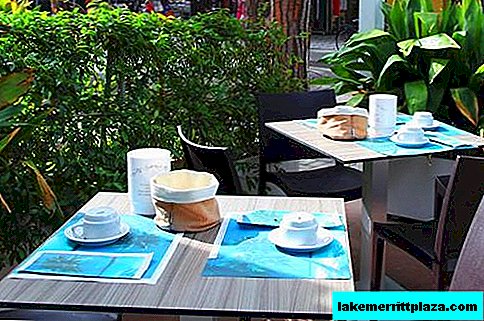Water in ancient Rome was an integral part of the life of citizens. Fountains adorning cities, baths in which the Romans kept their bodies clean and relaxed, Navahii (naval battles), where they staged naval battles - all this required providing the city with a huge amount of water. The Roman emperors, trying to satisfy the needs of their citizens, earn their support and decorate the Eternal City, did not spare resources for the construction of water supply systems.
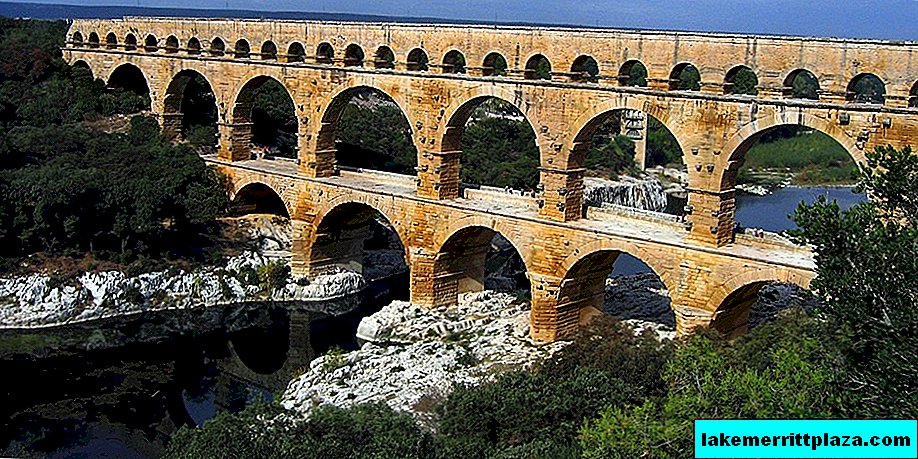
Aqueducts
The aqueducts of ancient Rome are considered the ideal plumbing system of those times, a miracle of engineering. Thanks to them, water was supplied to fountains, baths, private homes of wealthy people. The Romans used water for drinking, cooking, maintaining cleanliness, and public toilets were constantly flushed.
Principle of operation
In fact, aqueducts are a system of irrigation canals laid through various landscapes. Water from the source fell into the aqueduct, and from there into the special sump “Castella”, and was distributed through pipes to the city. If the water supply was not built underground, then it was built into arched spans and closed from above to keep the water clean.
The scheme is as follows: First, the end point of the water supply is determined, then, moving from end to beginning, we draw a map of the area, fixing the relief and choosing the optimal path. They marked the line of the future highway with wooden piles and started preparing the area - they dug trenches, cut down trees, dug tunnels in the mountains, built bridges. Next, block by block stretched the water supply from the source.
In ancient Rome 350 km of aqueducts were built and only a small part of them were underground. During the construction, pozzolanic concrete was used - a mixture of concrete with lime and volcanic ash, a strong resistant material that allowed many aqueducts to survive to this day. For the water to flow smoothly into the city, the correct slope of the corridor was required. If the builders met a mountain on the way, they had to dig tunnels - the aqueduct bypassing the mountain would not have the necessary slope.
Famous aqueducts
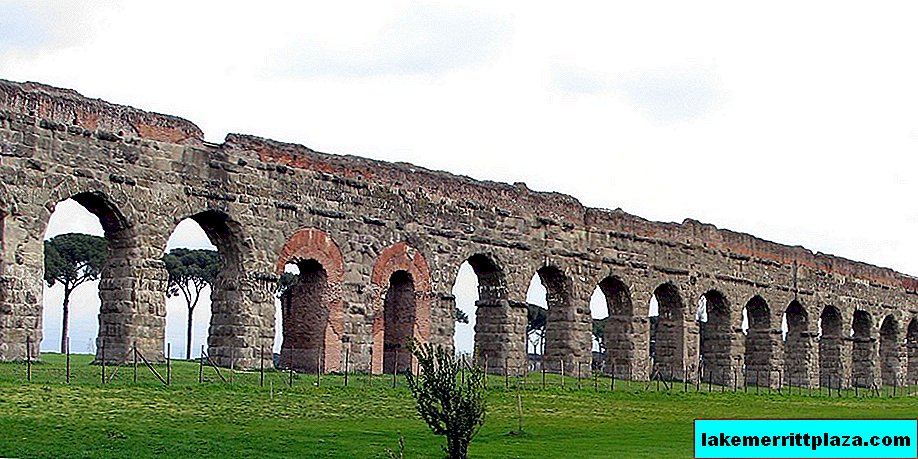
For 538 years in Rome 11 water systems were erected, which became an example for other countries:
- Aqua Appia (Aqua Appia) was built in 312 BC. with the support of city rulers Appia Claudia (Apio Claudio) and Guy Plavtius (Gaio Plauzio Venoce). Appius developed a plan for the future water supply, and Guy was engaged in research: in the Sabinsky Mountains, 15 kilometers from the capital, he found a source of clean water, studied its quantity, and questioned the population for quality. However, all the fame went to Appius Claudius.
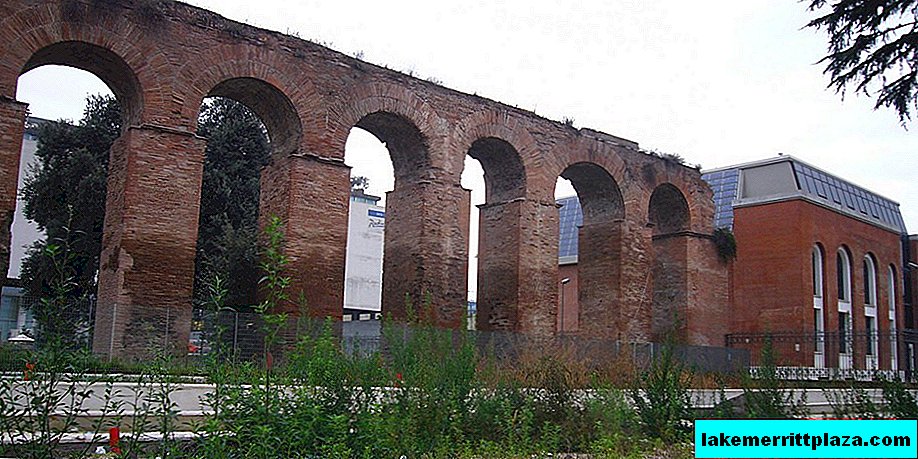
Aqua Appia almost completely lay underground, its length was 16 km. From the Kapensky Gate, the open part of the 90-meter-long structure began, which was an arched system. Water flowed to the Bull Market, where it accumulated in tanks and flowed around the city. - The 63-kilometer Anio Vetus aqueduct with its source in the Aniene River was built in 269 BC. Although at that moment it was the longest in the world, Anio Vetus was an unsuccessful project - the summer river was chalking, the water came in with varying success, and in the winter it was completely dirty, so it was used only for irrigation.
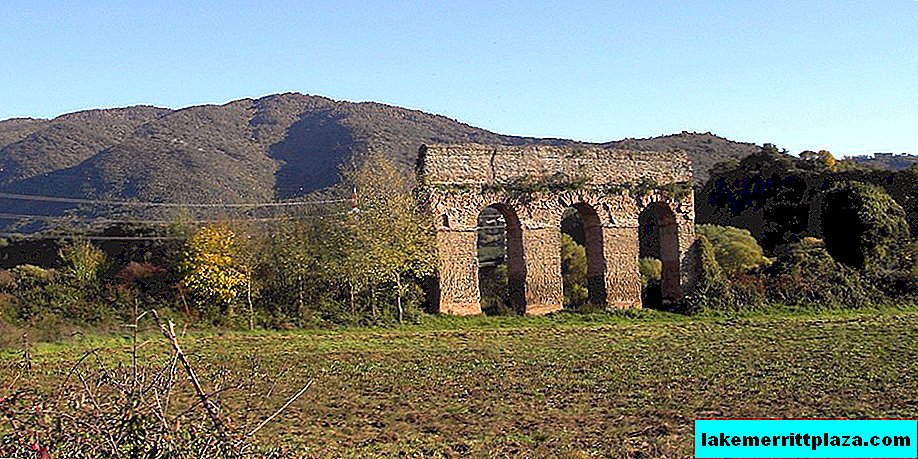
- 91 km long Aqua Marcia was erected in 144 BC., he was fed from several sources near the river Aniene. For breeding wine, the Romans considered water from this aqueduct to be the most suitable. Several centuries later, Emperor Diocletian laid another branch of the aqueduct to his terms, and Caracalla to his.
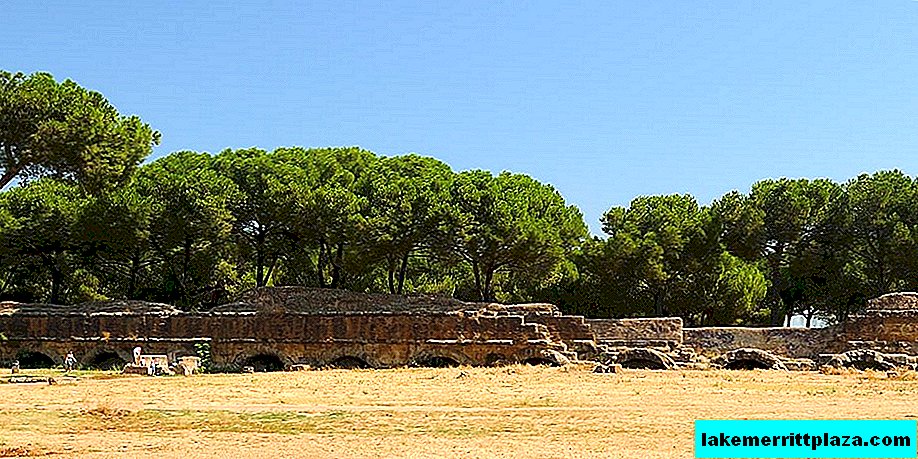
- Aqua Tepula, 18 km long, was built in 125 BC. The water in it was never colder than 17 °, where the name came from, because tepula means "warm." In 33 BC commander Mark Agrippa connected the aqueduct with another, Aqua Iulia.
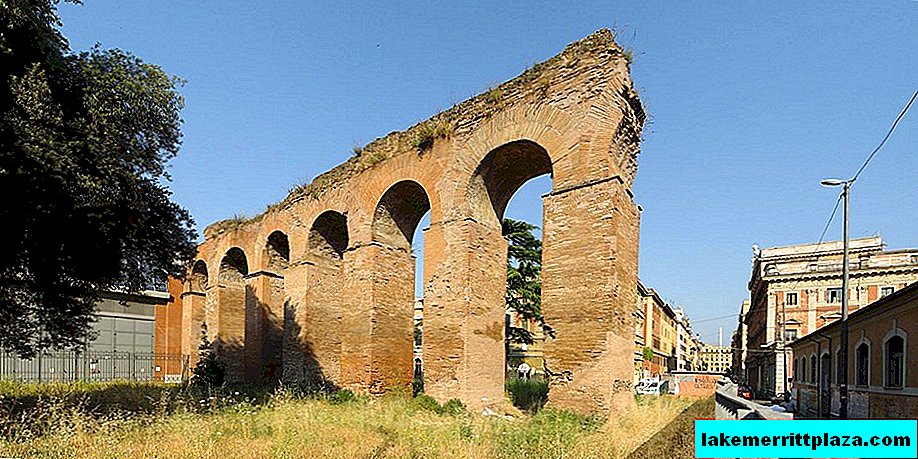
- Aqua Julia became the first under the emperor Augustus. The 23-kilometer highway was built by Marc Agrippa, and connected the aqueduct with Aqua Marcia and Aqua Tepula, laying them on top of each other.
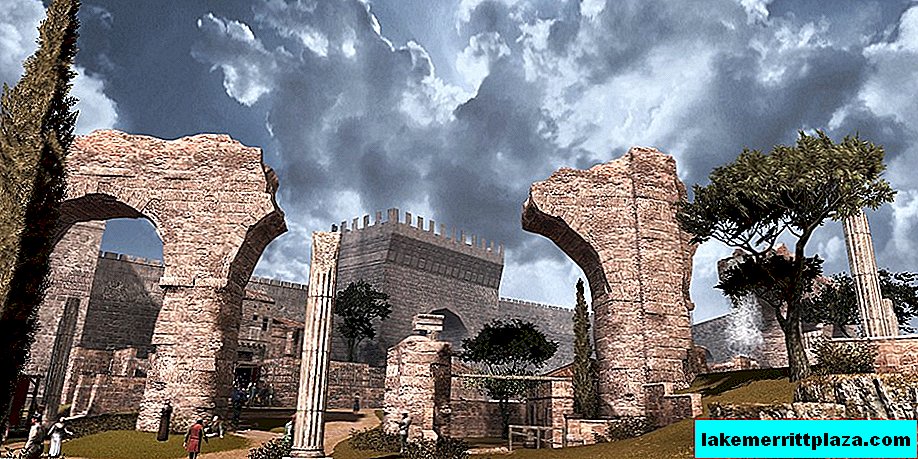
- Agrippa became the creator of the sixth, still working aqueduct Aqua Virgo (Aqua Virgo). An underground 20-kilometer aqueduct was erected in 19 BC. The name Virgo, i.e. "virgin" is associated with the myth that a young girl indicated Agrippa the source of crystal clear water. Now Aqua Virgo feeds the fountains of Barkaccia, Trevi and the fountain of the Four Rivers.
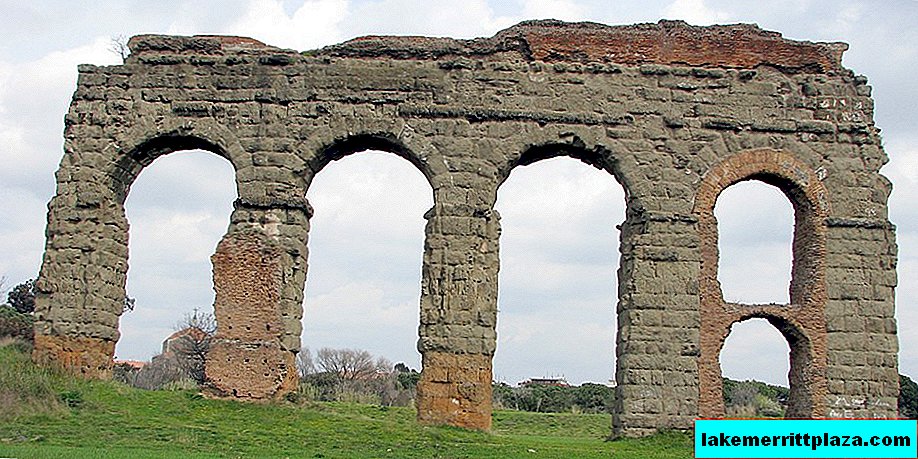
- The aqueduct Aqua Alsietina, which dates back to 2 BC, was fed by the waters of the modern lakes Bracciano and Martignano. The not quite clear water of Alsietina was used to fill the Navmahiy of the emperor Augustus - artificial reservoirs for scenes of ship battles. The same aqueduct laid through 358 arches irrigated the gardens of Julius Caesar.
- Aqua Claudia began to be built during the reign of Caligula, completed in 52 CE at Claudius. The river Aniene became the source, Marcha aqueduct was laid in parallel, with which they united in the Aqueduct Park (Capanelle). The monumental arch of the aqueduct has become part of the Prenestin Gate (Porta Prenestina). A Clavdian aqueduct called Celimontano supplied water to the Golden House of Nero (Domus Aurea).
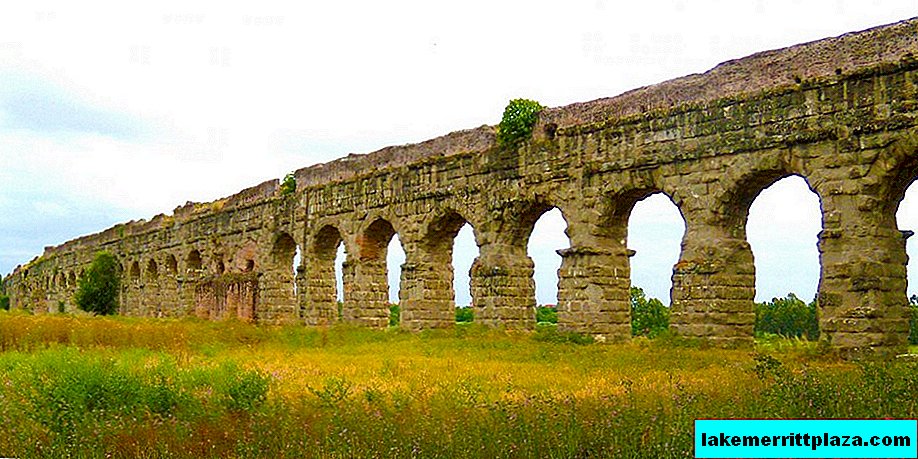
- Anio Novus, replacing Anio Vetus, was built simultaneously with the Claudius aqueduct and has the same sources.
- Aqua Traiana was created in 109 by order of the emperor Troyan. The water supply was fed by the waters of the springs near Lake Bracciano and supplied it to the Trastevere area. During the wars, the aqueduct was destroyed several times, but after it was restored. After restoration by Pope Paul V, the aqueduct was renamed Aqua Paola (Paul's water).
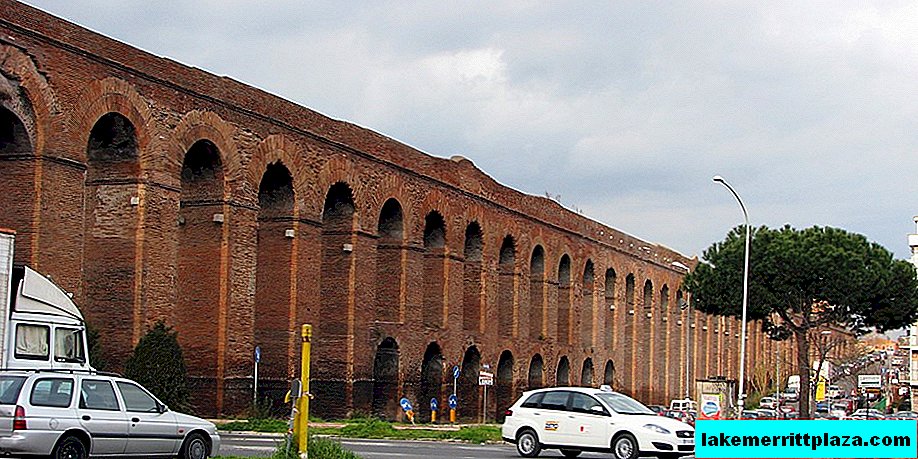
- Aqua Alessandrina was built in 226 to supply water to the term of Emperor Alexander. Part of the 22-kilometer aqueduct has been preserved in the Pignattara area.
Terms
Baths in Rome, they are baths, were the most popular public institution among all classes. Here, it was not only possible to wash away dust and sweat after work - public baths were kind of clubs. People came here to improve their health, relax, chat with friends, discuss business matters, and admire beautiful dancers.
The baths were inseparable from sports - there were gymnasiums right on their territory, here they played like a modern football, they ran, fenced, threw discs and even competed in chariot running! Relaxing in the bathhouse, the Romans composed poetry and music, read, ate, drank, and even slept. Ordinary citizens visited the baths at least once a day, and nobles spent most of their time here.
Public baths began to appear in Rome in the 3rd century BC, and by the 4th century there were about 1,000 terms in the city. Contemporaries wrote that such baths reached 12 hectares in the area and could at once accommodate up to 2500 visitors.
Device
For the construction of the term, the most warm place was chosen. The rooms in which they were basking were equipped with windows facing west or south. Female and male units were located on one side, but were separated. Water was heated in copper tanks and supplied in a mixture with cold. They tried to do the pools near the windows on the western and southern walls - so the sunlight penetrated longer. The ceilings in the hot compartments were in the form of hemispheres, and in the center were copper hatches for releasing steam.
The heating system consisted of a hypocaust - a furnace near the bathhouse, from which special channels went to the basement of the bathhouse and further to the floor. The floor was covered with bricks, lime mortar on top, then stones and marble slabs. Such a floor retained heat for a long time, although it heated slowly. The same system of channels passed through the walls.
To create a wet steam, they heated it with wood, and for a drier one - coal. The Romans used smokeless firewood that had previously been soaked in water or olive oil and dried.
Baths were divided into several rooms. Palestras were peculiar gyms - warming up here, warming up muscles with simple exercises or with the help of boxing, wrestling competitions, etc.
Changing rooms equipped with shelves and seats were called apoditerium. The main problem of the apoditerium was the safety of things. Rich nobles always left servants of slaves to keep an eye on property. If a person was stolen clothes, he could turn to the gods - in the literal sense, write a curse on a special plate on a thief and take it to the temple.
In warm tepidaria, the Romans washed, bathed, took various procedures. Special people rubbed visitors with oil, which was removed with special spatulas, did massage and even removed hair from the body. The Romans paid special attention to the beauty of the feet, because they walked mainly in sandals. Calluses came to the rescue in foot care.
The caldary was a steam room with high ceilings and hot pools. Laconic is a kind of caldaria without pools with dry steam, like a modern Finnish sauna. It was possible to cool off after the steam room in the frigidarium pools.
Roman baths, especially private ones, were incredibly richly decorated and looked more like palaces. Many types of marble and other stones brought from other countries, precious metals for creating plumbing, expensive mosaics, artificial fountains and waterfalls, statues and flowers - the Romans understood a lot about luxury.
The Baths of Agrippa
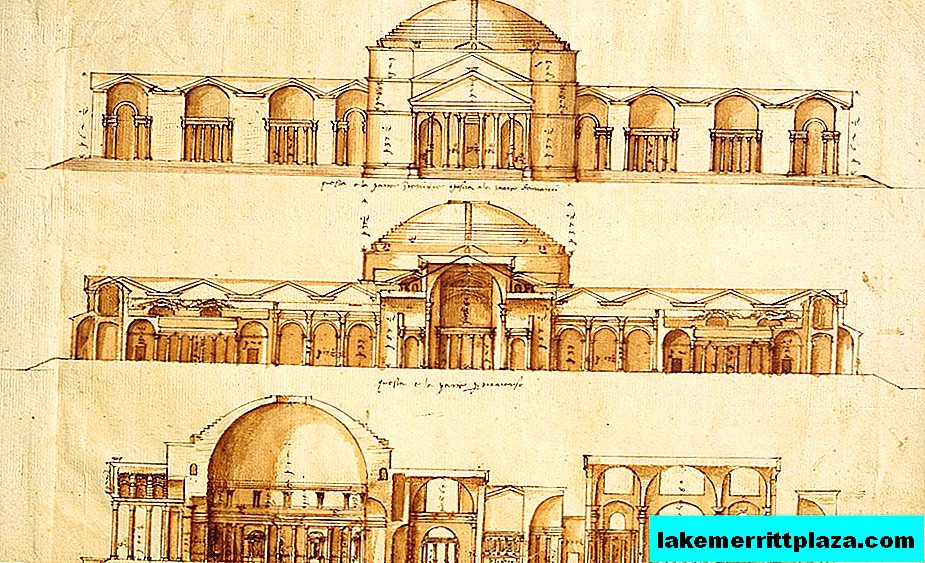
The Agrippa Terme (Terme di Agrippa) on the Field of Mars (Campo Marzio) was the first in Rome and became the leading type of term. According to various sources, these baths were erected in 19 or 25 BC. In 12 BC The architect gave the terms to the public. After the fire in 80, the baths were restored and enlarged, but by the 7th century they were literally dragged away to building materials, although the remains have survived to this day.
The Baths of Nero
The Terme di Nerone was erected in 64 BC also on the Champ de Mars. The terms of Nero were distinguished by an expanded palette, two vestibules and two atriums - come here to see various competitions. Each bathtub was equipped with a marble chair for convenience. There was a library and a garden in the term where you could chat, walk or read. After the death of the emperor, the Baths were renamed the Alexandrovs and later destroyed.
Baths of Titus
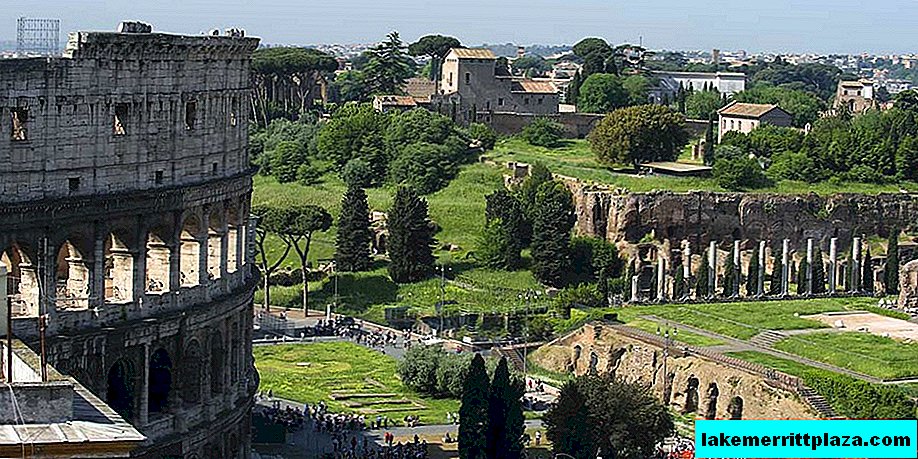
Terme di Tito (Terme di Tito) appeared in 89 and differed in internal symmetry. In the center are the main rooms, and on the sides of them are the same reception rooms and lobbies. In Terme there were reading, sports and theater halls. Nowadays, 100 meters from the Coliseum, we can look at the ruins of this complex - Via delle Termi di Tito, Colosseo metro station.
Baths of Trajan
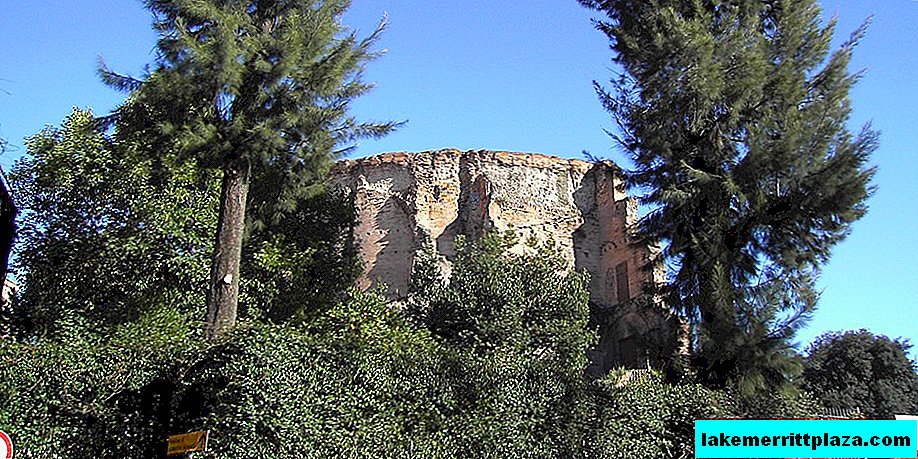
The baths of Trajan (terme di Traiano) are dated to the 2nd century AD, during the reign of Trajan they were female. Unlike building standards, the Trajanovy Therma are located at an angle to the sides of the horizon. The exit of the caldaria to the southwest allowed it to be heated as much as possible during peak hours, and to darken the frigidaria from the north-eastern side. In the future, just such an arrangement of the term will become the standard.
The complex was elegantly finished, libraries, recreation halls, gymnasiums and swimming pools worked here. During the excavations, it was possible to find out that the baths occupied an area of 100,000 m², as well as to find magnificent sculptures, murals, fabrics and other artifacts. The ruins of Trajan's term are located on Via delle Terme di Traiano, Via della Domus Aurea metro station on the Colosseo branch.
The Baths of Caracalla
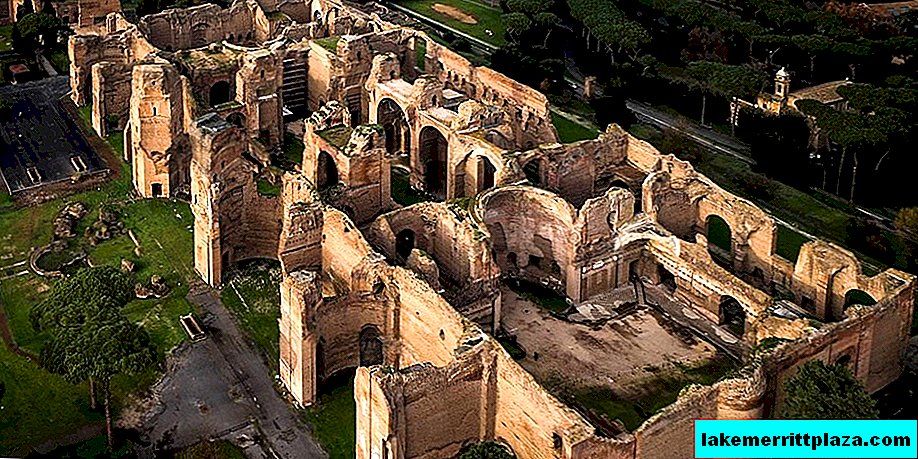
Terme di Caracalla (Terme di Caracalla) are considered the most magnificent and better than others have survived to this day. On an area of 300 m², 1.5 thousand people could wash at the same time.
The location of the term was correctly used in the construction of the complex - along the slope, water easily fell from the sump into the baths. Spectators in the gym relied on the same slope. The park was surrounded by a bathhouse and thermal ledges, decorated with fountains, greenery and chat rooms. In the baths of Caracalla there were rooms for a single bath, shops and magnificent halls. The north-eastern part of the complex was raised by 6 meters with special structures, under which all communications lay. The main building was distinguished by the symmetry of the rooms, a double row of windows under the ceiling and a frigidarium, passing into the pool in the center.
Today, the Baths, or rather their remains, attract many tourists, they organize wedding photo shoots, and even concerts at a special venue. There are terms on Via delle Terme di Caracalla, Circo Massimo metro station on line B just behind the Circus Maximus.
The Baths of Diocletian
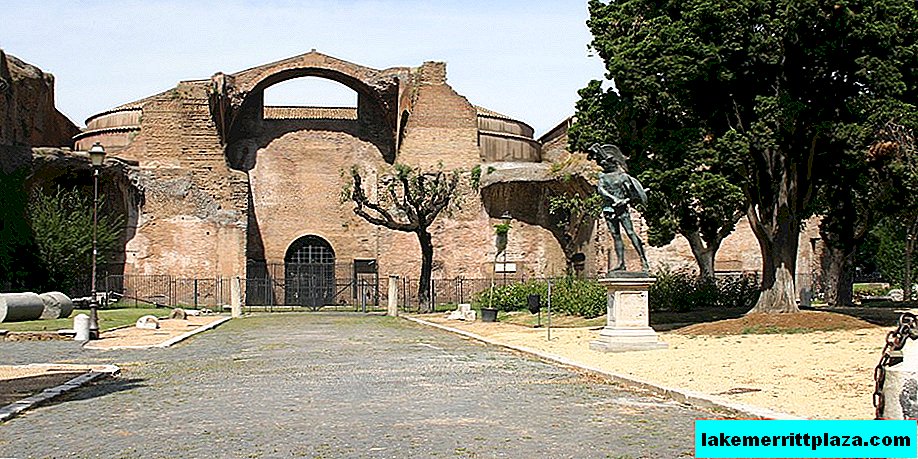
The Baths of Diocletian (Terme di Diocleziano) were built in 303 and looked like the baths of Caracalla. A small difference was the shape of the premises, smaller size and large capacity - up to 3200 people.
In these terms, the dimensions of the side rooms around the frigidarium were almost the same, which gave a more even distribution of the load. Two facts can tell about the luxury of the interior: 2.5 thousand marble chairs and the presence of an amphitheater.
In the XVI century the building was reconstructed, part of the complex was presented to the National Museum of Rome, part was given for the construction of the church. The remainder is on Via Enrico de Nicola. If you take the metro, it’s fashionable to walk to the Term from Repubblica Station in 5 minutes, and from Termini Station in 10 minutes.












